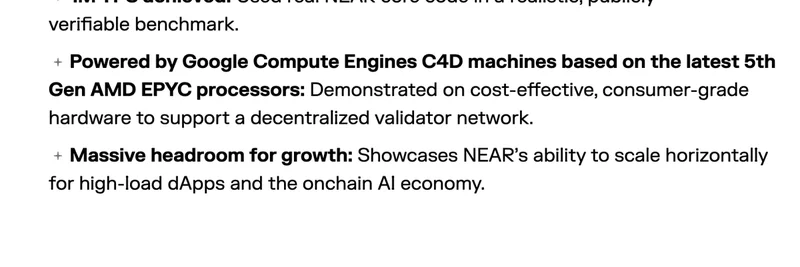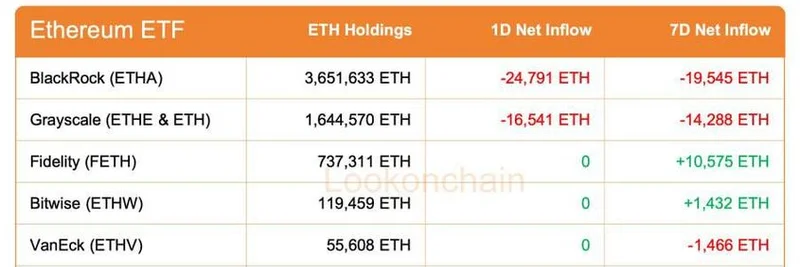Jesse Pollak, the mind behind Base, an Ethereum Layer 2 blockchain that's become a hotspot for meme tokens, recently shared a personal story on X that underscores the importance of smooth user experiences in crypto. In a tweet, Pollak recounted onboarding his Gen Z cousins to Zora, a creator-focused platform built on the Optimism stack but with strong ties to Base through shared ecosystems. The result? They were hooked right away. This shoutout to Zora not only praises its intuitive design but also signals potential lessons for Base's own app, especially as meme tokens continue to thrive on the network.
For those new to the scene, Zora is a decentralized protocol for minting and trading NFTs, often described as a "socialfi" app—short for social finance, where social interactions meet financial incentives. Unlike clunky predecessors that required multiple wallets and gas fee hurdles, Zora makes jumping in feel like scrolling through Instagram. Pollak's cousins, representing the tech-savvy Gen Z demographic, got engaged immediately, which speaks volumes about Zora's edge in user onboarding.
Pollak's post quotes Coop, a prominent voice in the crypto space via @Cooopahtroopa, who challenged folks to try onboarding a friend to Zora to see its uniqueness. Coop emphasized how it stands apart from earlier socialfi attempts, likely referring to apps like Friend.tech that faced usability issues. Pollak's response? "onboarded my genz cousins this week and they immediately were hooked @zora is setting the bar right now, lots for @baseapp to learn from."
This exchange is particularly relevant for meme token enthusiasts. Base has exploded as a launchpad for memes like Brett, Degen, and countless others, thanks to low fees and fast transactions. But growth hinges on accessibility. If Base can borrow from Zora's playbook—think simplified sign-ups, seamless wallet integrations, and engaging social features—it could attract even more retail users, including Gen Z, who are driving the next wave of crypto adoption.
The thread sparked lively replies, with users sharing their own experiences and even promoting Base-based meme tokens. For instance, one reply highlighted $BOMI from Book of Miggles, a playful meme project on Base, showcasing how communities are already buzzing.
Another user touted Pudgecat, a cat-themed meme coin on Base, complete with a quirky image that captures the lighthearted spirit of these projects.
Even artistic replies popped up, like this quick sketch from @iPlusQoo, reminding us how creativity flourishes in onchain environments.
Replies also touched on Base App's ongoing developments, with one user noting, "baseapp is working hard," hinting at improvements in the pipeline. Coop followed up by predicting that integrations between Zora and Base App will be historic in onchain social narratives.
For meme token creators and traders on Base, this conversation is a wake-up call. Easy onboarding isn't just a nice-to-have; it's essential for scaling communities. Projects like AeroBud emphasized how user-friendliness could capture Gen Z attention, potentially leading to viral growth for memes.
As Base evolves, incorporating Zora-inspired features could supercharge the meme ecosystem. Imagine one-click minting for meme NFTs or social feeds that blend trading with fun interactions—all on a chain that's already affordable and scalable. Pollak's endorsement isn't just praise; it's a roadmap for making crypto mainstream, one hooked cousin at a time.
Stay tuned to Meme Insider for more insights on how platforms like Base and Zora are shaping the future of meme tokens. If you're building or investing in memes, focusing on user experience could be your edge in this fast-paced space.


